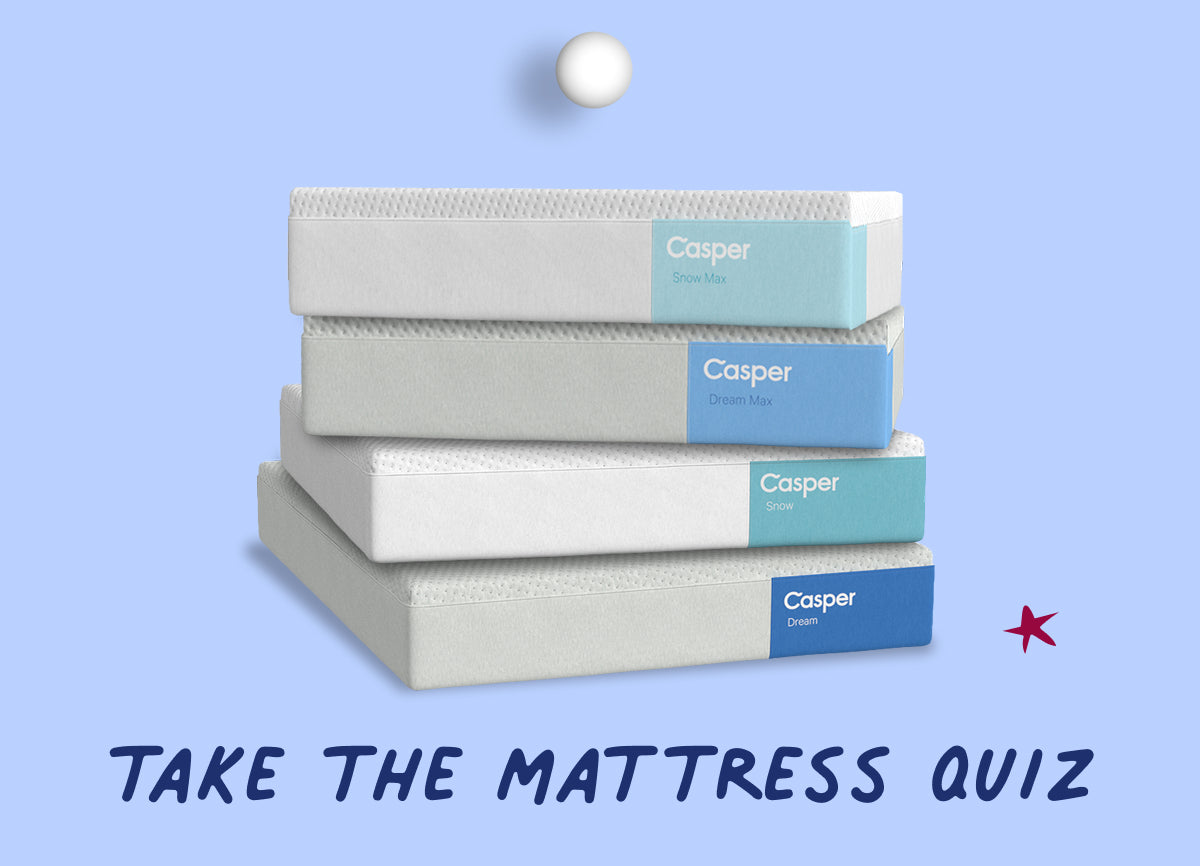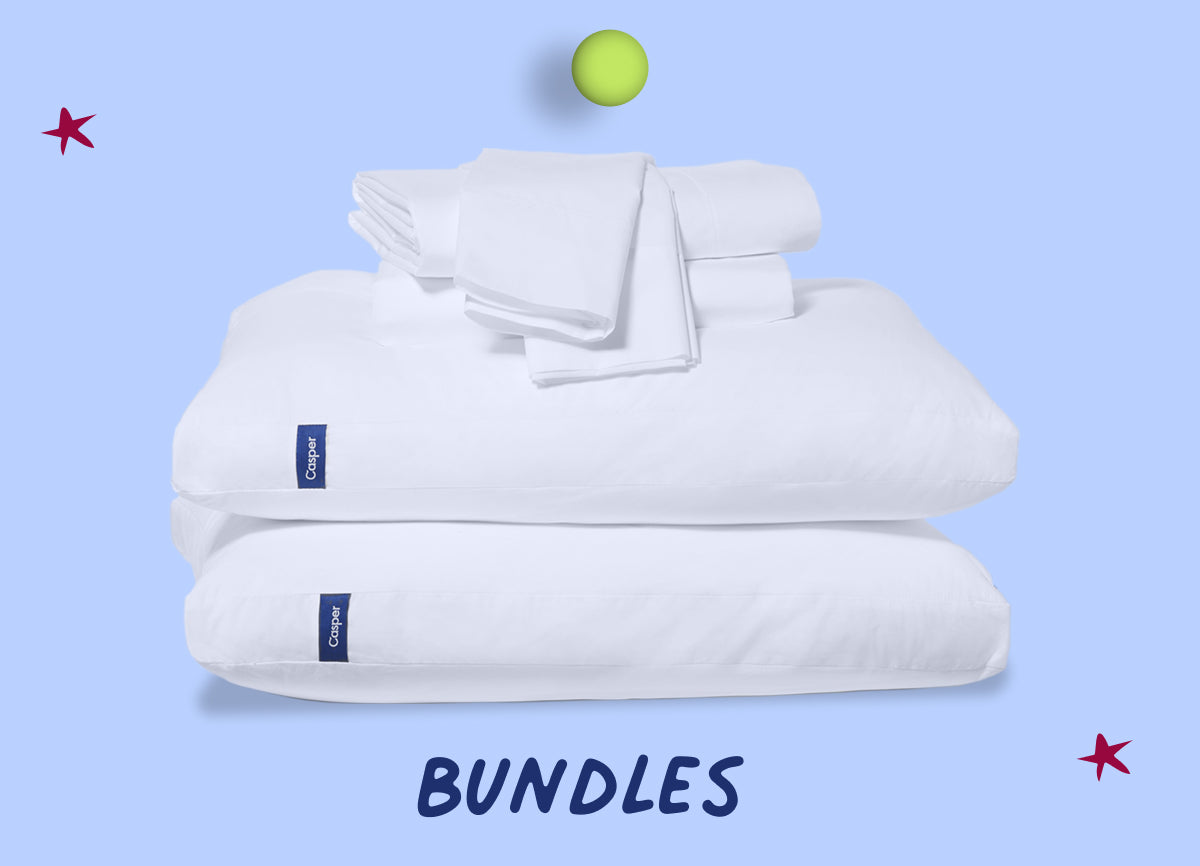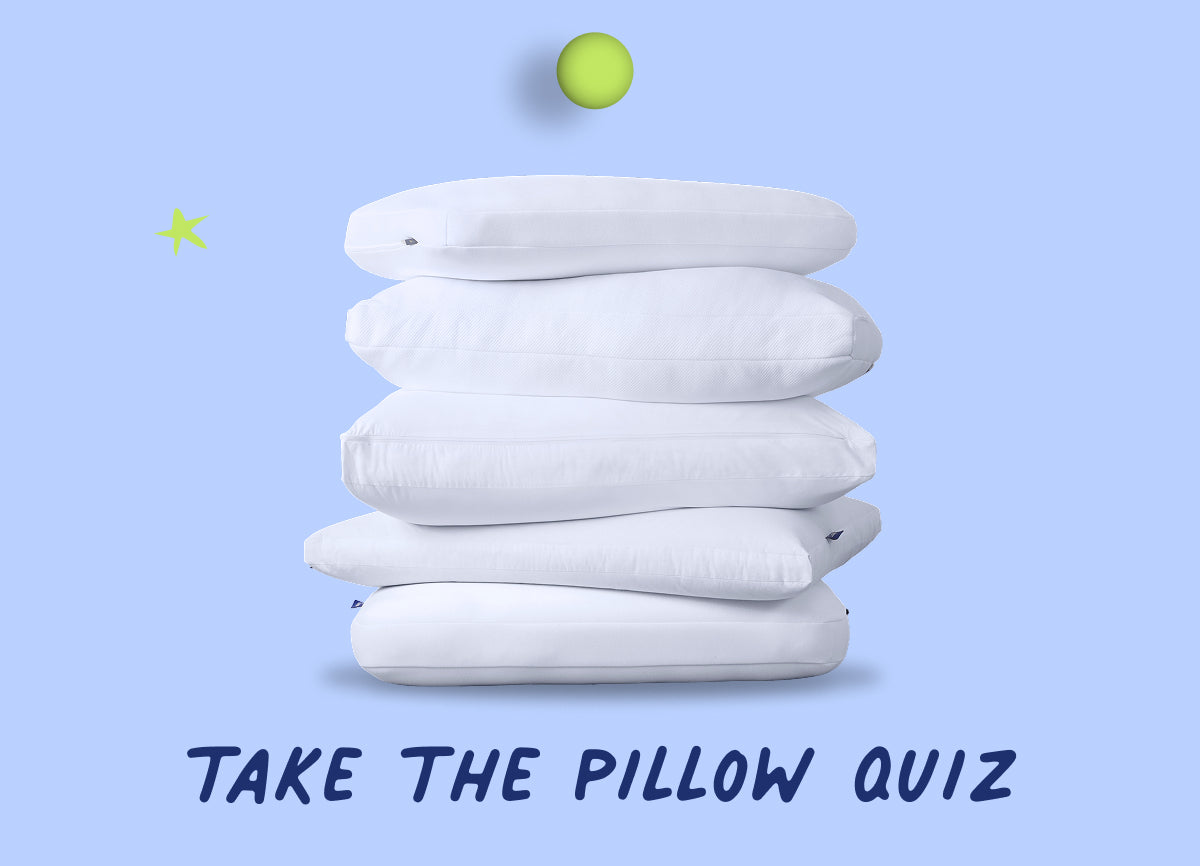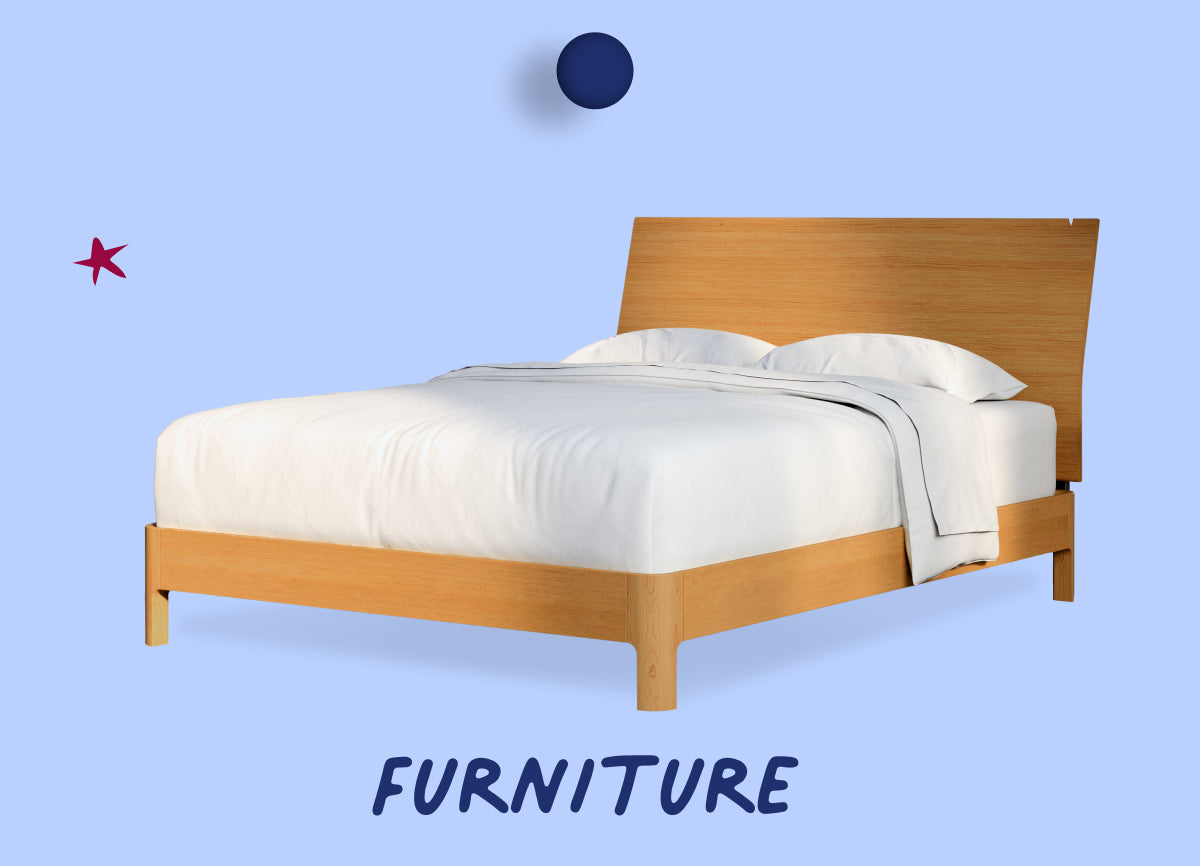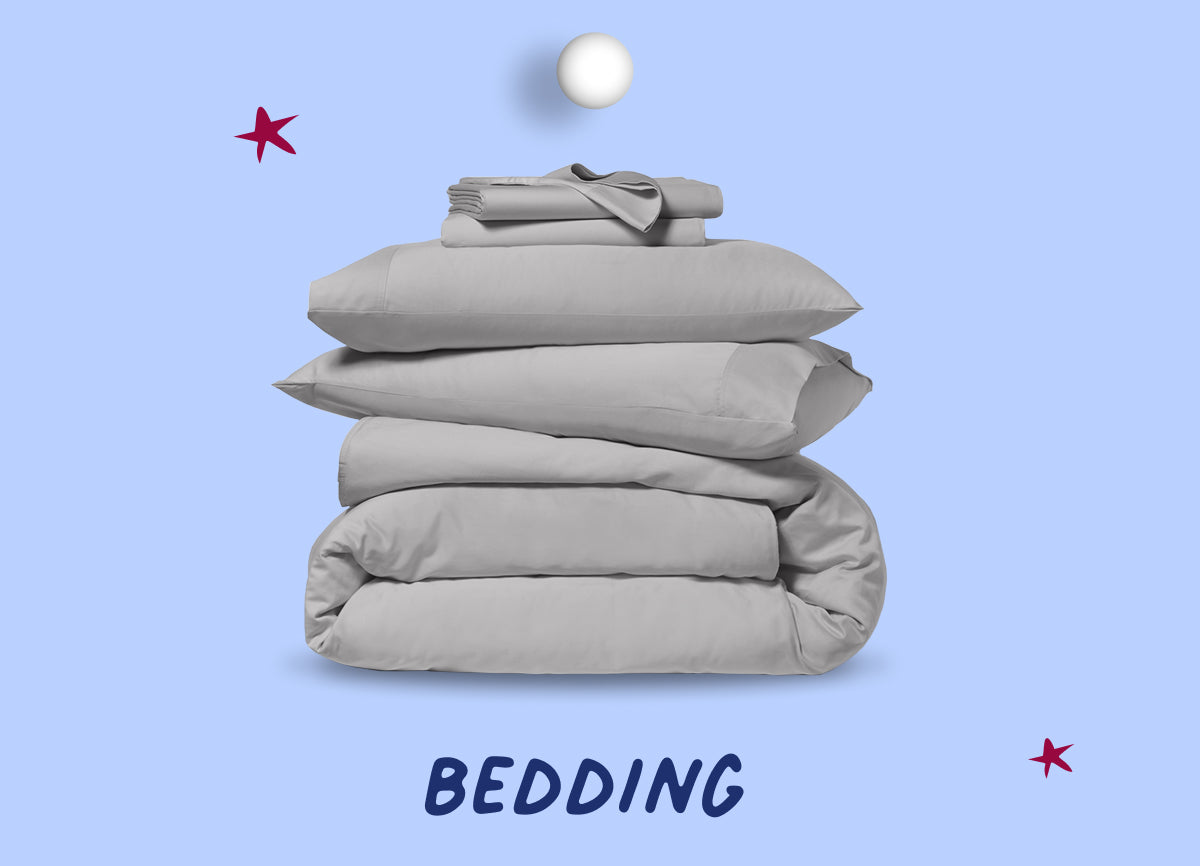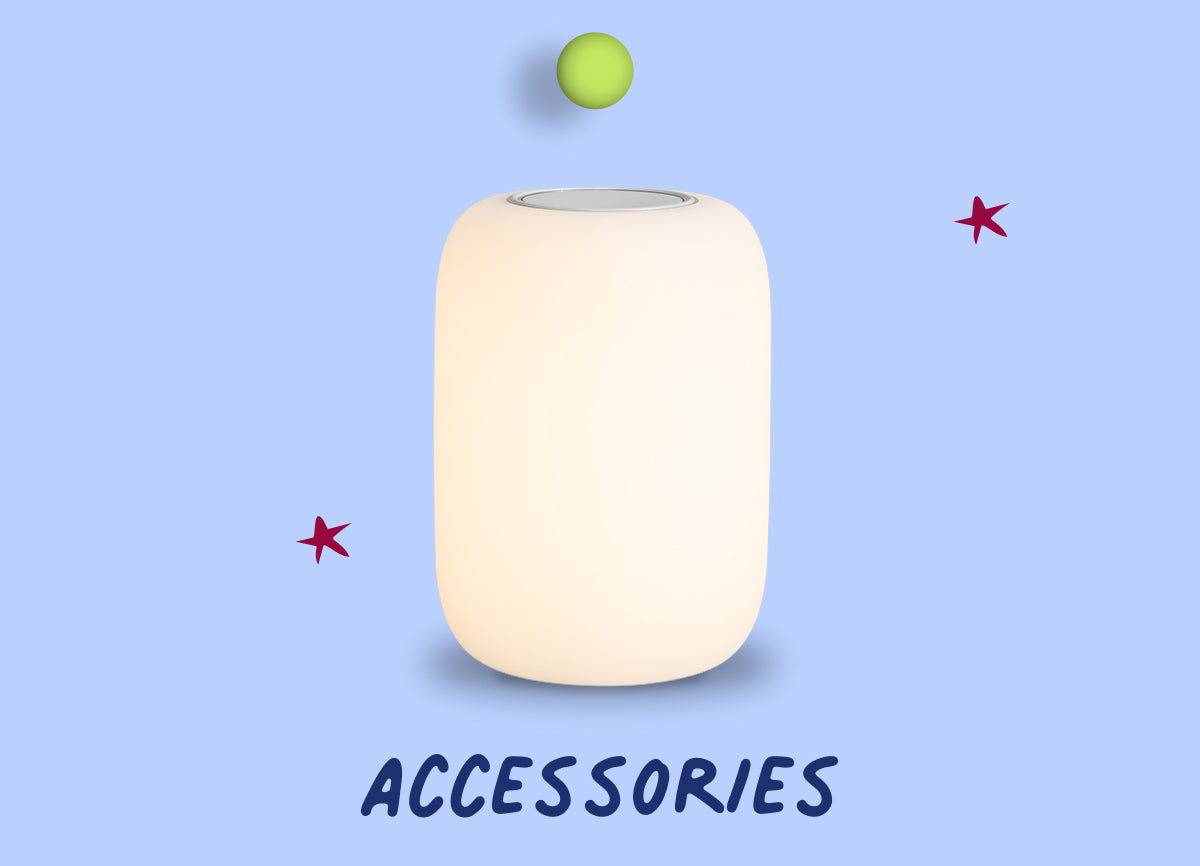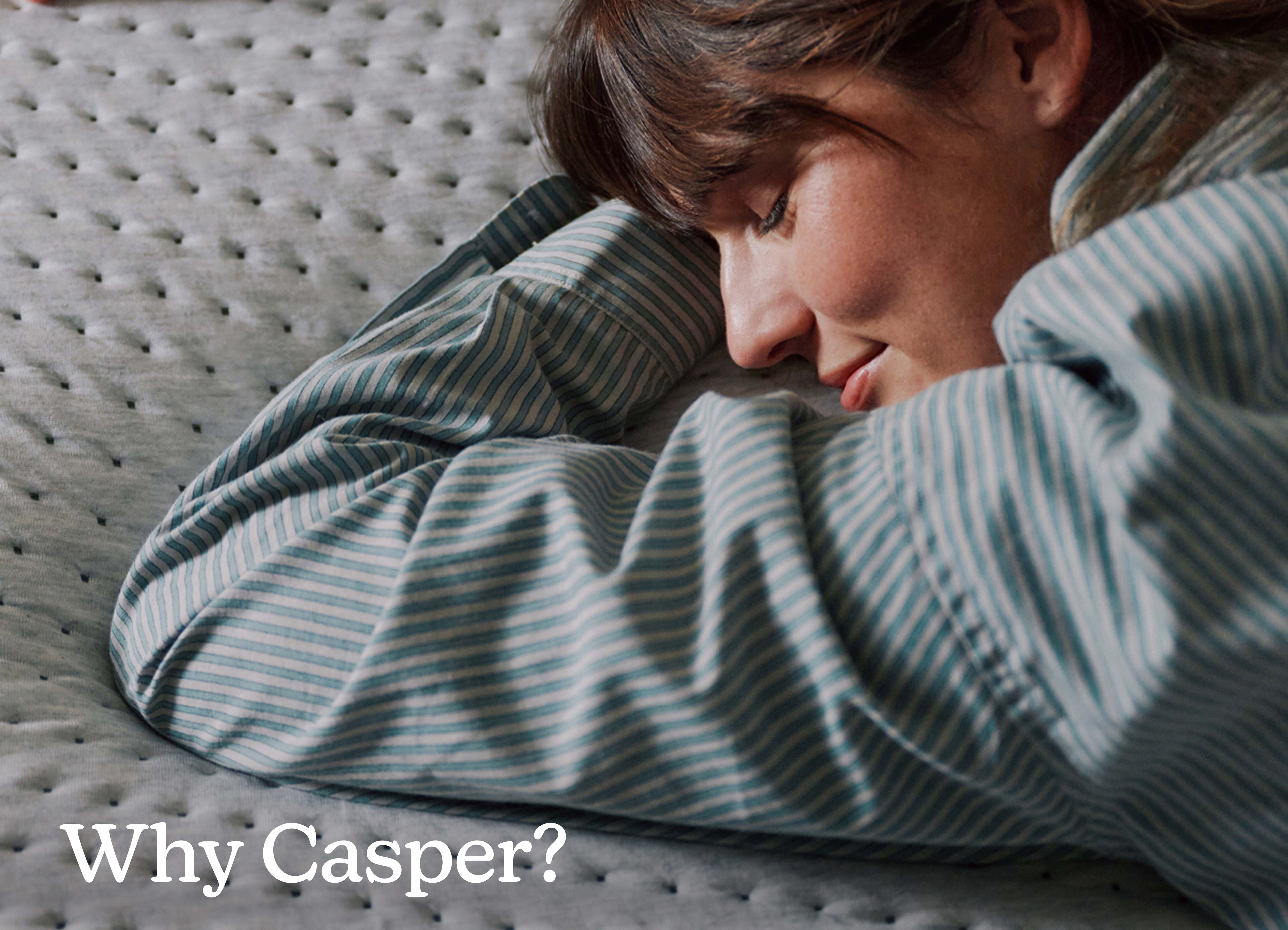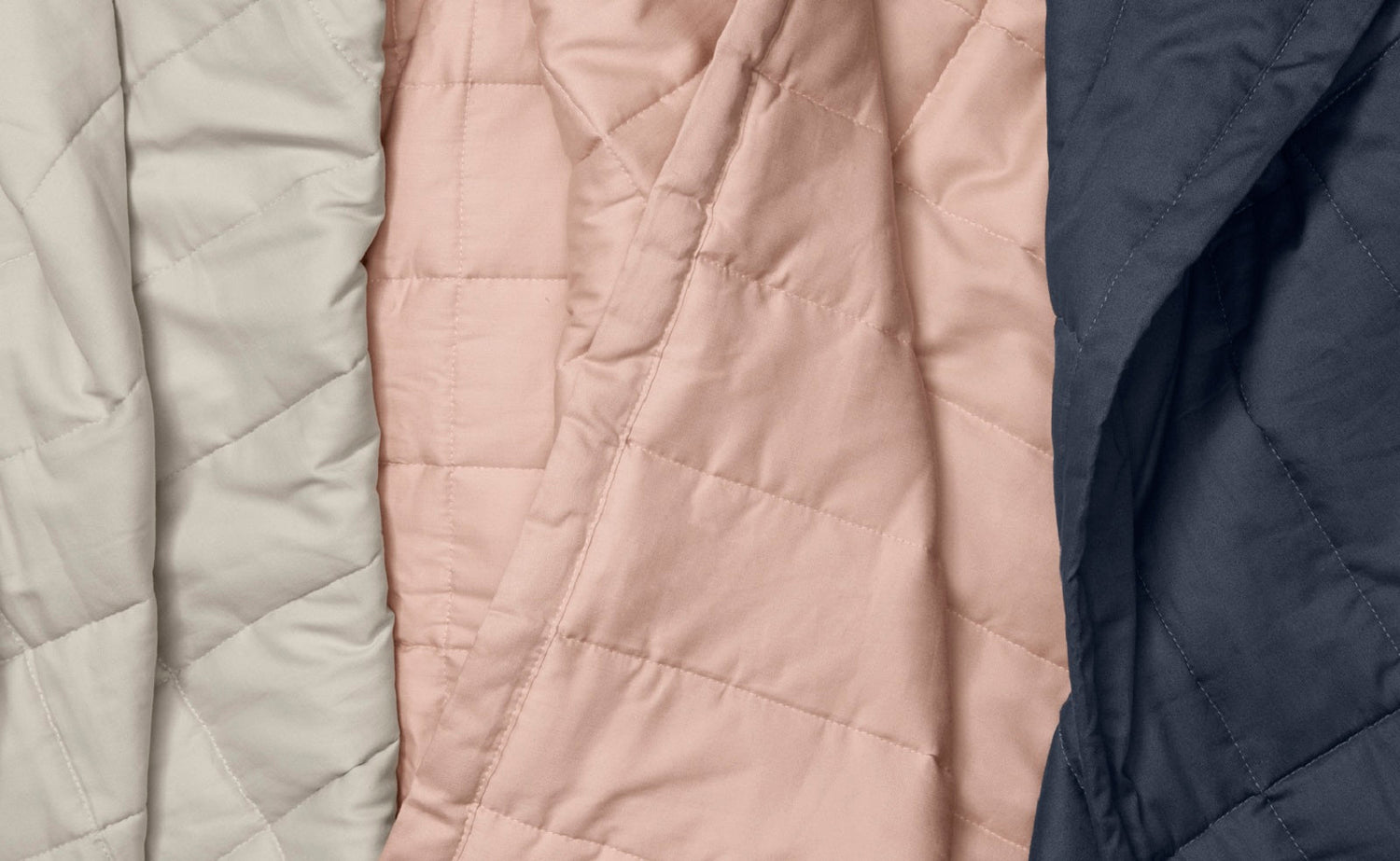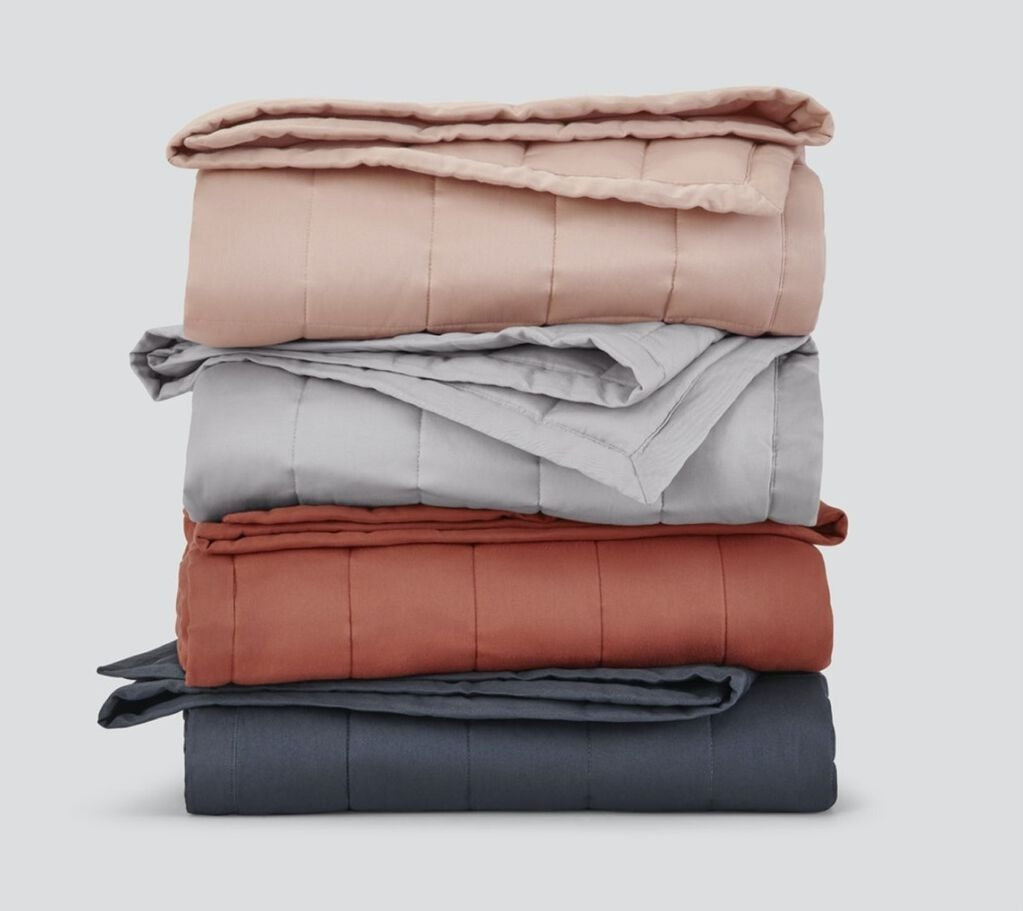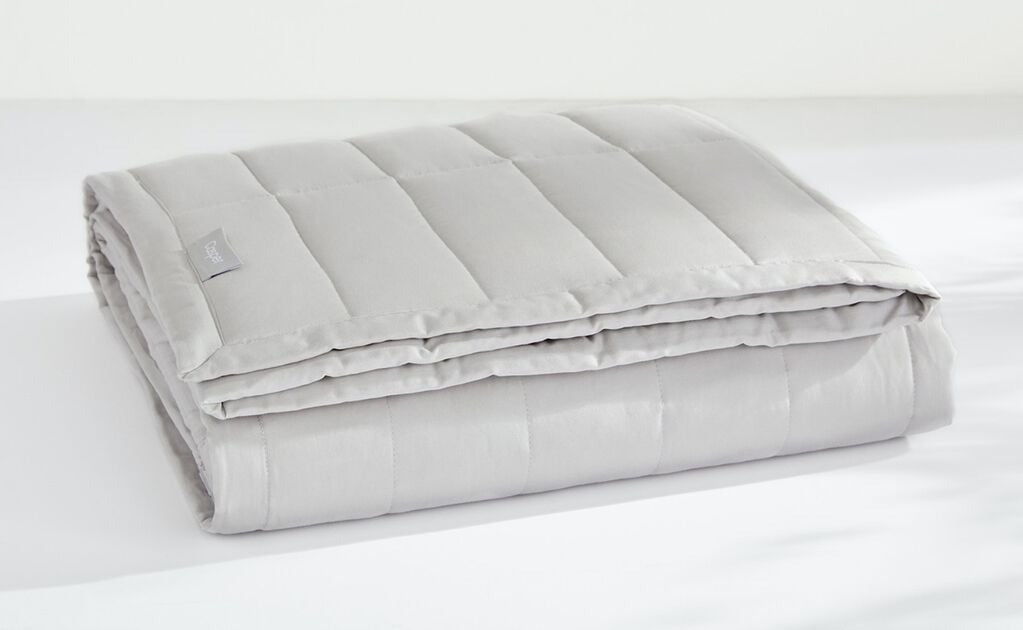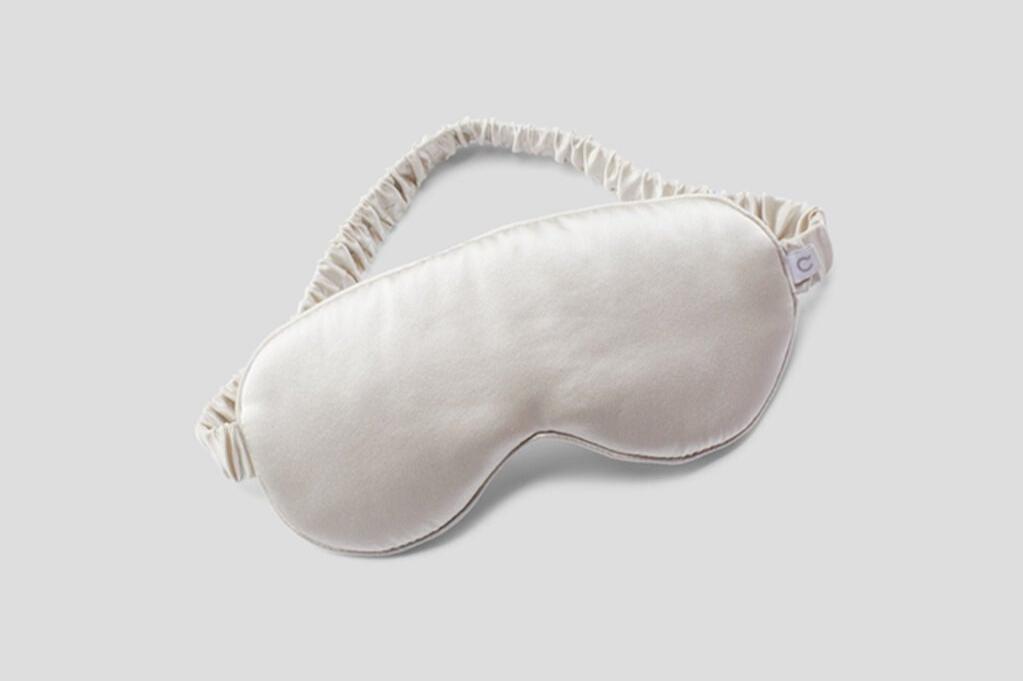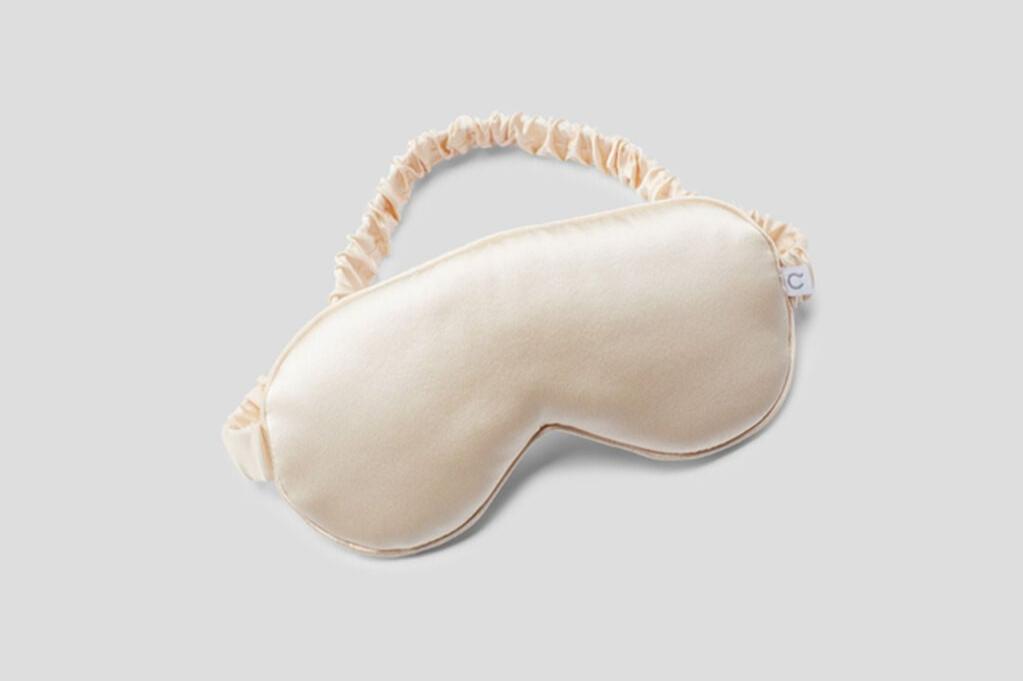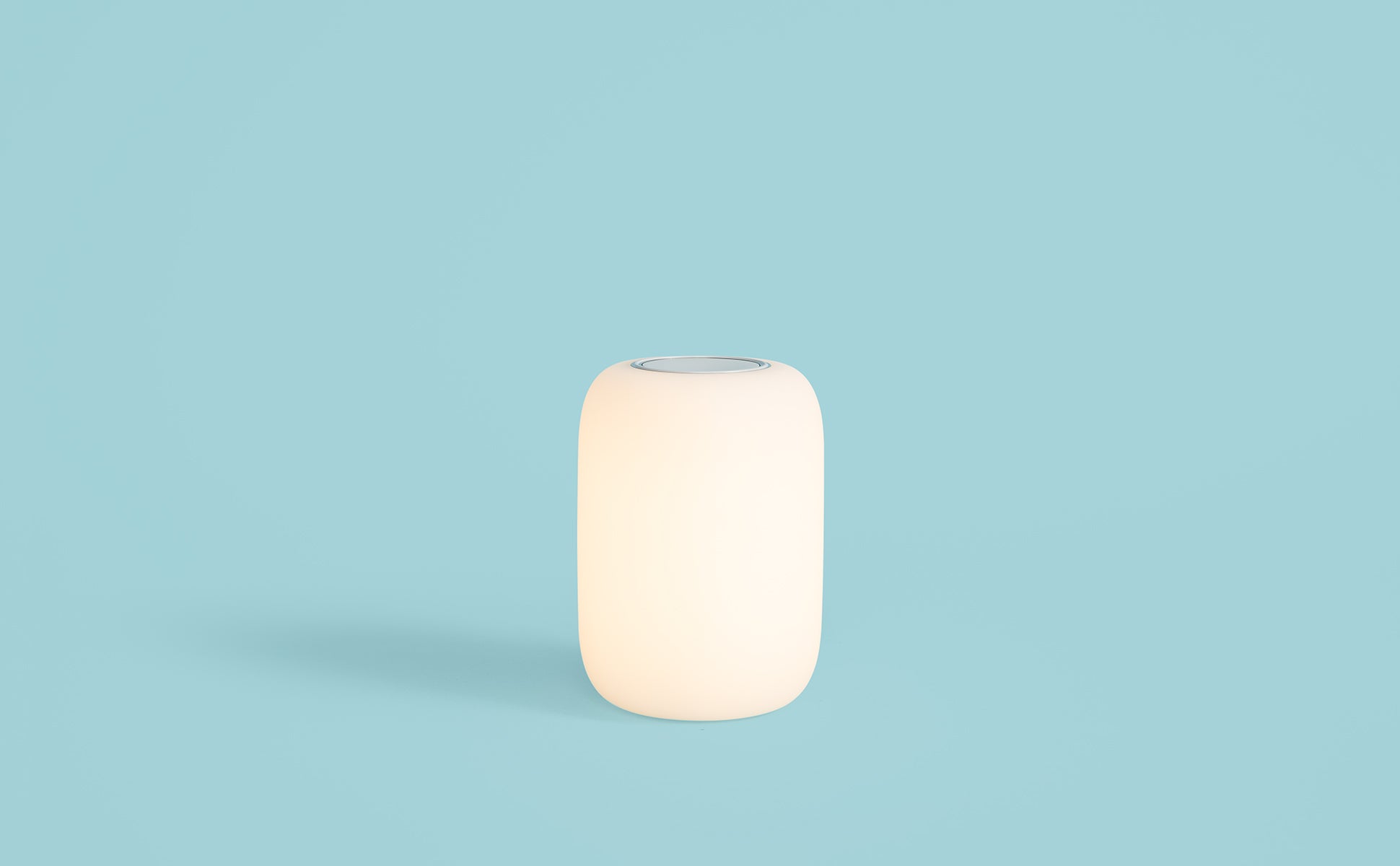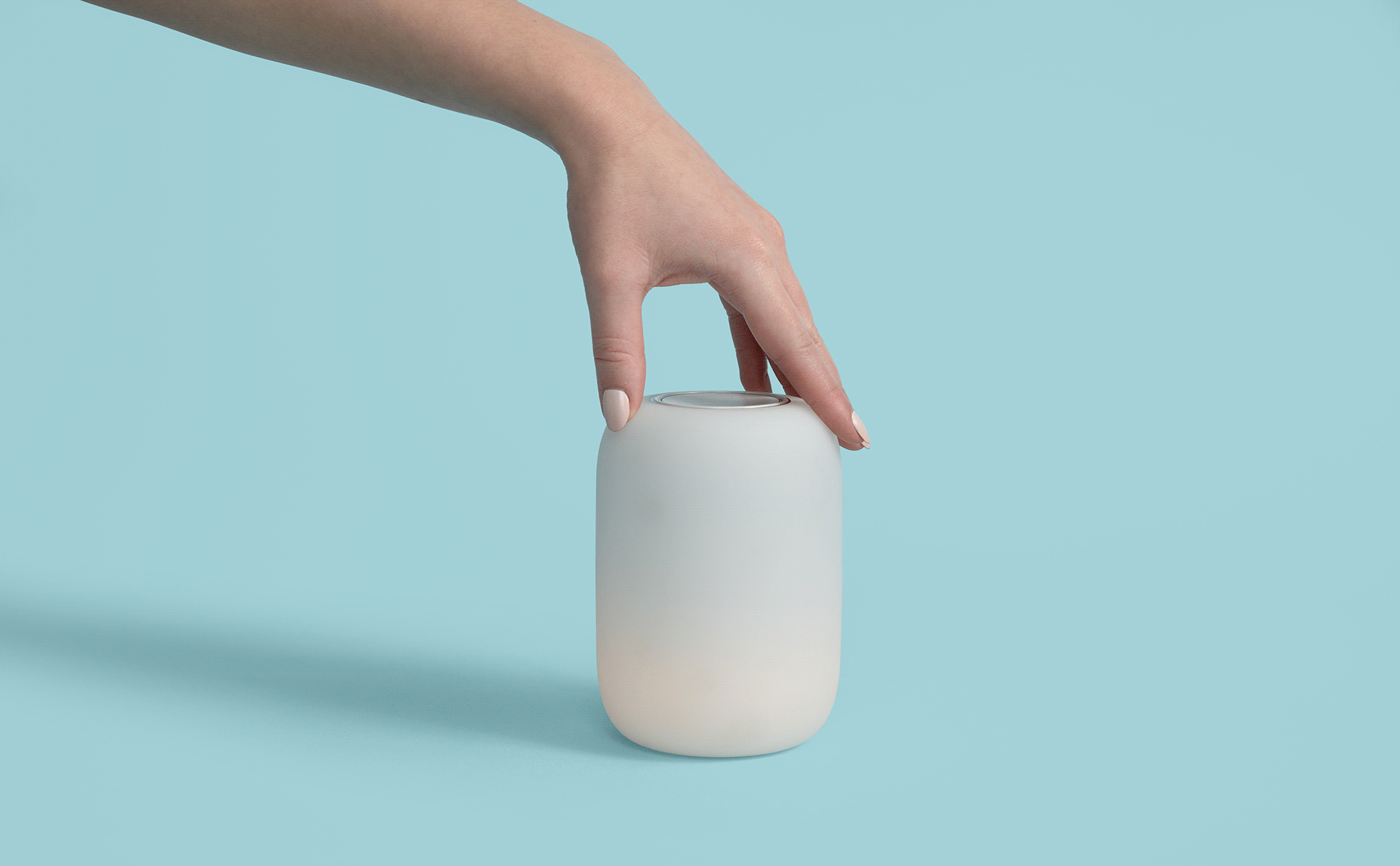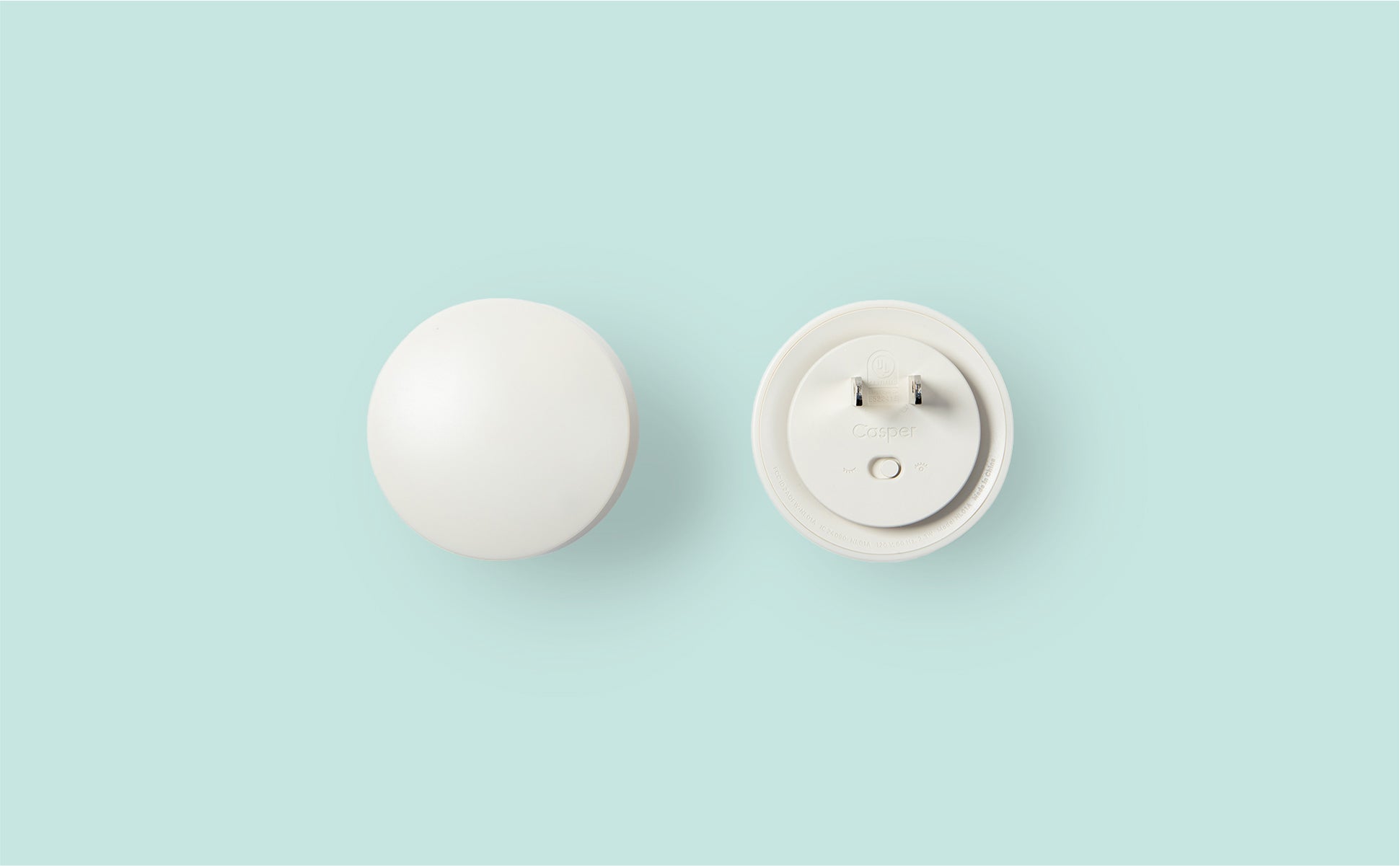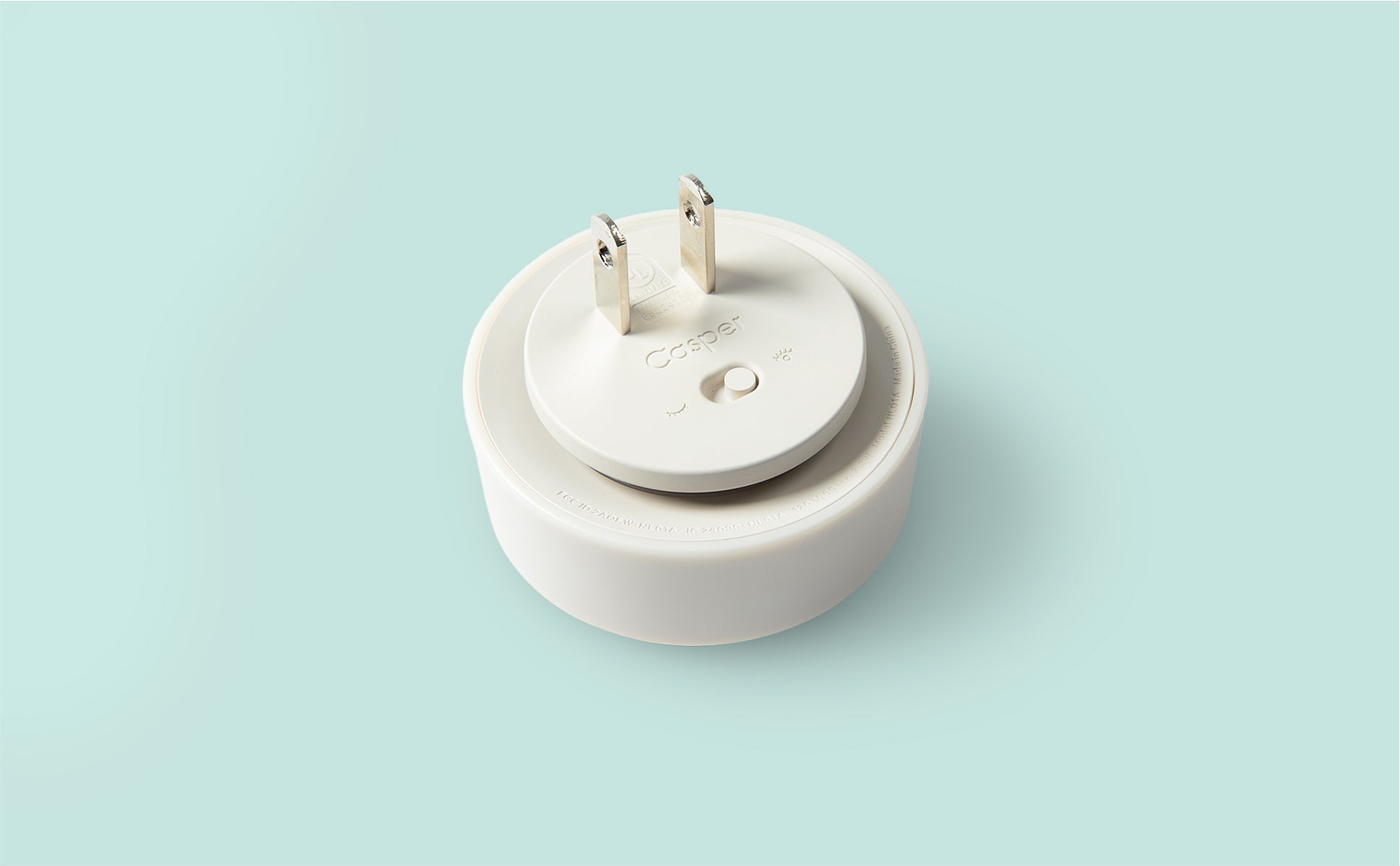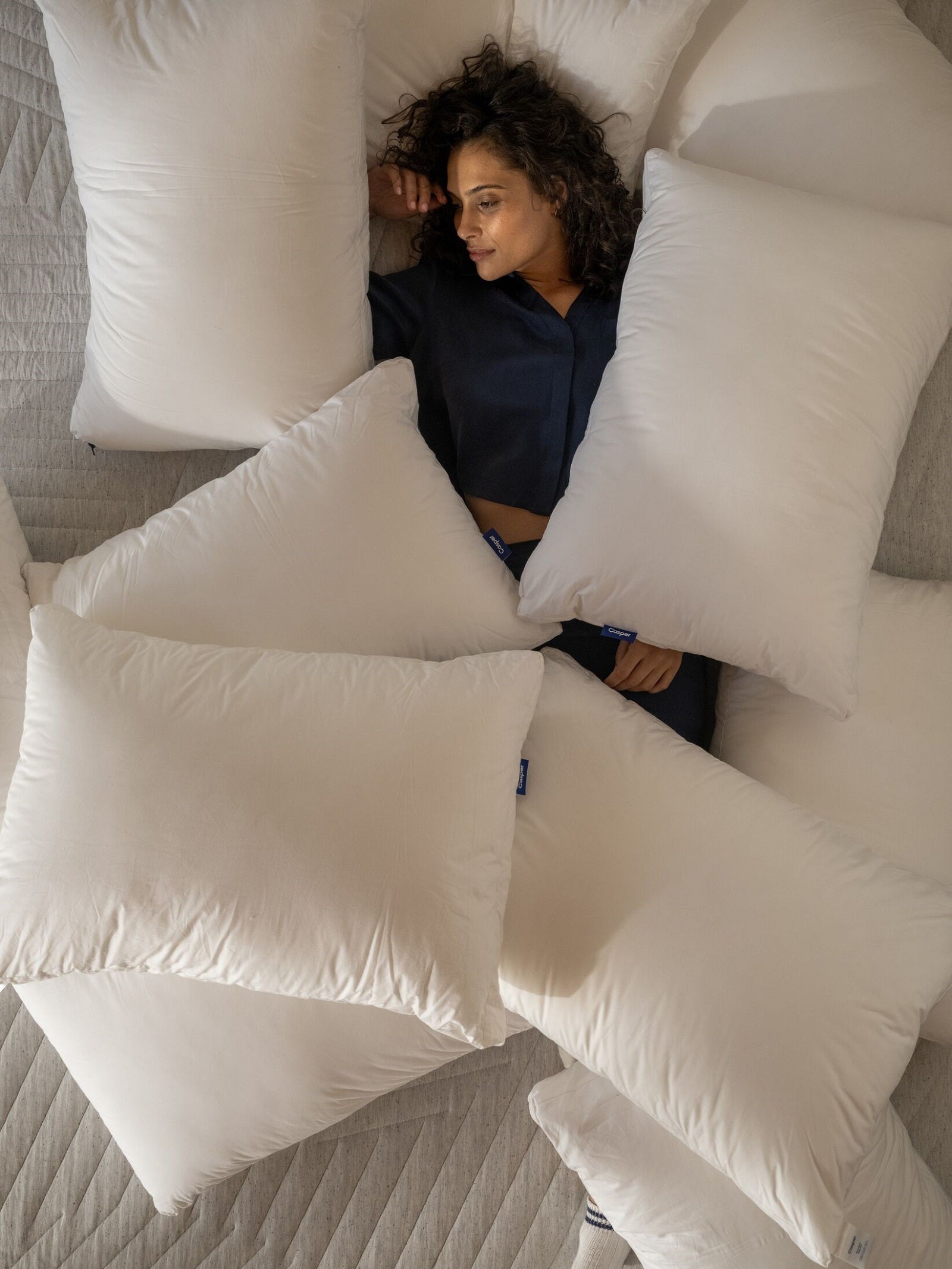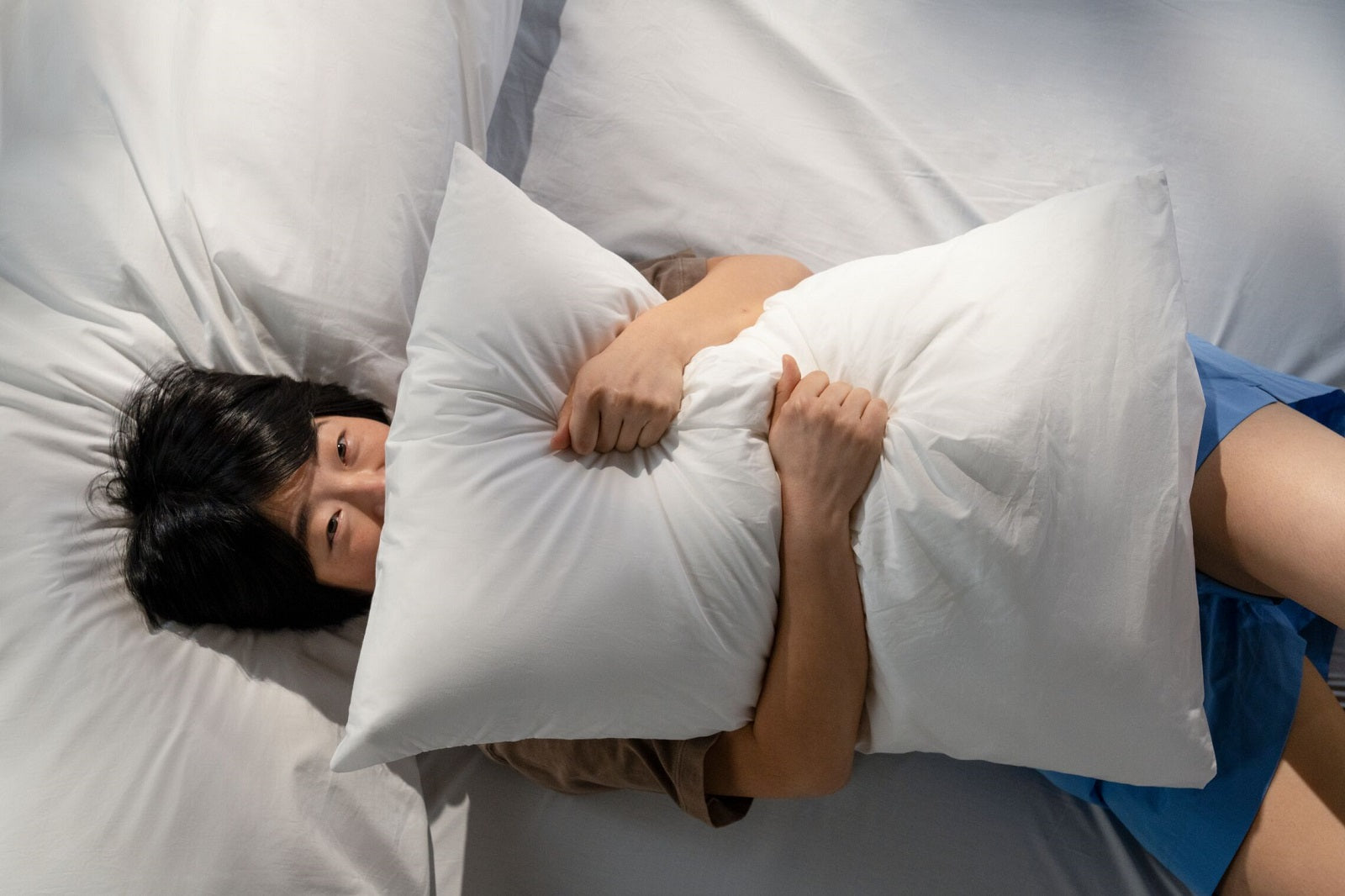Weighted blankets can be slightly warmer than standard blankets, but with breathable fabrics and cooling materials, they can still be comfortable for hot sleepers.
If you’ve been searching for a way to enhance nighttime relaxation, chances are you’ve come across weighted blankets. These 10-20 pound wonders bathe your nervous system in deep pressure stimulation, helping soothe frazzled nerves.1
Sounds enticing, right? But if you also struggle to stay cool in bed, you may wonder: Are weighted blankets hot?
Because of their extra density, weighted blankets might be a tad toastier than standard covers. However, this depends on their material, filling, and design. Rest assured: You can get some heavy sleep under a weighted blanket without getting hot and bothered.
Factors That Influence the Warmth of a Weighted Blanket
While bulky blankets may conjure images of restless, sweaty nights, this isn’t necessarily the case. A variety of factors determine how toasty weighted blankets get.
Outer Fabric Material
Of all a blanket’s components, the exterior fabric does the most to keep things toasty. You’ll encounter different fabrics on the market, some of which are breathable (meaning they permit heat and moisture to escape) and others that trap warmth.2
Heat-retaining fabrics include3:
- Fleece
- Flannel
- Wool
And some excellent breathable options are4:
- Bamboo fiber
- Rayon
- Cotton (renowned for its cooling properties)
When weighing weighted blanket options, hot sleepers should take note of exterior fabric types and choose breathable varieties.
Types of Fillings
Just like home insulation, a blanket’s filling plays a major role in its warmth. Covers come stuffed with all sorts of materials. Here are the key players, from warmest to coolest3:
- Down – Fibers fashioned from the highly insulating feathers found on goose bellies.
- Wool – This wonderfully toasty filling comes from sheep hair.
- Microfiber – A synthetic stuffing, microfiber offers mid-level insulation.
- Bamboo – Bamboo’s exceptional breathability makes it one cool filling.
- Cotton – This fabric also receives top marks for keeping things chill.
Even though weighted blankets might feel a bit beefy, with bamboo or cotton lining, they do an excellent job of showing heat to the door.
Weighted Blanket Construction
The warmer the blanket, the more heat it holds. It does so by leaving as little space as possible for heat waves to escape.
Layered blankets, which feature a tight-knit weave and multiple fabrics sewn together, leave little room for heat to pass. The result? A warm and cozy haven.
Knitted blankets, especially those with an open weave, allow for greater airflow (and heat departure). Knitted blankets with this open design strike a better balance between cool and cozy.
Duvet-style blankets feature an outer cover that can be removed and washed separately. The removable cover also adds a layer of versatility, as you can switch to warmer materials like fleece or flannel during colder months or stick to breathable options for hot sleepers.

Choosing a Weighted Blanket if You Sleep Hot
If you’re a hot sleeper who’s ready to embrace (and be embraced by) the magic of weighted blankets, you’ll want to take a few key steps to select a crisp yet comforting option:
- Look for breathable fabrics – When comparing candidates, aim for fabrics like bamboo fiber and cotton for maximum heat dispersal.
- Opt for cooling fill materials – As for filling: Keep an eye out for light materials (bamboo, cotton, or microfiber).
- Consider a knitted weighted blanket – The looser the weave, the cooler the covers (and the sounder the sleep).
In short, ensure that light, breathable material enshrouds the heavy filling, and steer toward loose and airy designs.
How heavy should a weighted blanket be? We recommend choosing a weighted blanket that is 10% of your body weight.
How to Stay Cool with a Weighted Blanket
While even sauna-esque sleepers can remain chill under a well-chosen weighted blanket, you can also take further steps to stay cool at night.
Adjust Your Sleep Environment
Generally, humans sleep best at cooler temperatures (between 60-65 degrees Fahrenheit).5 Keeping your room temperature within this range can help counteract your body’s natural furnace.
You can also try:
- Using a fan – Circulating the air helps dissipate heat.
- Sleeping with lighter bedding – Swap heavy sheets and comforters for thinner options.
- Try a cooling bed – Your mattress may be to blame for sweaty wakeups.
For many hot sleepers, a few strategic environmental changes make a world of a difference.
Seasonal Use and Layering
If you live in an area with drastic seasonal differences, consider relying on your weighted blanket during the colder months and switching to light bedding in the summer.
Or if you yearn for its calming presence year-round, complement it with lighter sheets and pillowcases.
Regular Care and Maintenance
Like all bedding, weighted blankets deliver their coziest results when well maintained. Routinely washing and airing them out helps remove sleep gunk (like sweat and dust) that diminishes fabric lifespan.6
Giving your blankets a firm shake-out also helps to6:
- Smooth away clumps
- Encourage airflow
- Clear the way for heat to depart
For ideal slumber, aim to air out your blankets about twice a week.6
What’s the Ideal Sleep Temperature In the First Place?
The best temperature for sleep varies slightly among individuals, but research generally points to a range between 60 to 67° F (15 to 19° C) for optimal sleep quality in adults.7 Too much heat can make it harder to sleep and cause you to wake up during the night.
Maintaining an ideal sleep temperature is key to restful sleep, and while weighted blankets can add a touch of warmth, it's important to balance their coziness with a cool sleep environment. Weighted blankets, especially those with breathable fabrics like cotton or bamboo, can be paired with strategies like setting your thermostat to 60–67°F, using a fan, or opting for cooling sheets to prevent overheating. By combining the calming benefits of a weighted blanket with a well-regulated sleep environment, you can enjoy deeper, uninterrupted rest without sacrificing comfort.
Who Should Not Use Weighted Blankets?
While weighted blankets offer numerous benefits, they may not be suitable for everyone. People who should avoid using weighted blankets include:
- Young Children: Weighted blankets are not recommended for children under two years old, as they may pose a suffocation risk.
- Individuals with Respiratory Issues: Those with conditions like asthma or sleep apnea may find it harder to breathe under the extra weight.
- People with Limited Mobility: If someone struggles to move or adjust a weighted blanket on their own, it could become uncomfortable or unsafe.
- Those with Claustrophobia: The snug pressure may feel overwhelming for individuals sensitive to confined spaces.
It’s always best to consult a healthcare professional before introducing a weighted blanket, especially if you have health concerns.

Choose a Casper Weighted Blanket
Life’s stresses can keep you from powering down at bedtime. Sometimes, a big hug makes the best medicine. By cuddling your nervous system and inviting oxytocin to flow,8 weighted blankets lull your body into wind-down mode.
At Casper, we work tirelessly to help the tired. Our supremely breathable Weighted Blanket for Anxiety features three weight levels (10, 15, and 20 pounds) to suit all body types. Its quilted channels keep the weighted beads spread evenly to provide consistent pressure (and temperature) from corner to corner.
For hot sleepers who struggle to unwind, say hello to your new best friend. Explore the full range of Casper sleep solutions today.
Sources:
- AppliedBehaviorAnalysisEdu.org. What is Deep Pressure Stimulation? https://www.appliedbehavioranalysisedu.org/what-is-deep-pressure-stimulation/
- Discovery Fabric. Breathable Fabric… How Do You Know if a Fabric is Breathable? https://discoveryfabrics.com/blogs/threads-of-wisdom/breathable-fabric-how-do-you-know-if-a-fabric-is-breathable
- The Independent. How to choose a duvet: Find out what tog, filling and size is best for you. https://www.the-independent.com/extras/indybest/house-garden/duvets/duvet-buying-guide-how-to-choose-tog-natural-synthetic-filling-best-type-winter-summer-reviews-a7946836.html
- Nordstrom. THE 9 MOST BREATHABLE FABRICS FOR SUMMERTIME. https://www.nordstrom.com/browse/content/blog/most-breathable-fabrics
- Healthline. What Is the Best Temperature for Sleep? https://www.healthline.com/health/sleep/best-temperature-to-sleep
- Homes and Gardens. You should air out your bedding more often than you think – experts reveal how and why. https://www.homesandgardens.com/solved/air-out-bedding
- Cleveland Clinic. The Best Temperature for Sleep https://health.clevelandclinic.org/what-is-the-ideal-sleeping-temperature-for-my-bedroom
- New York Presbyterian Health Matters. Do the Benefits of Weighted Blankets Live Up to the Hype? https://healthmatters.nyp.org/do-the-benefits-of-weighted-blankets-live-up-to-the-hype/

